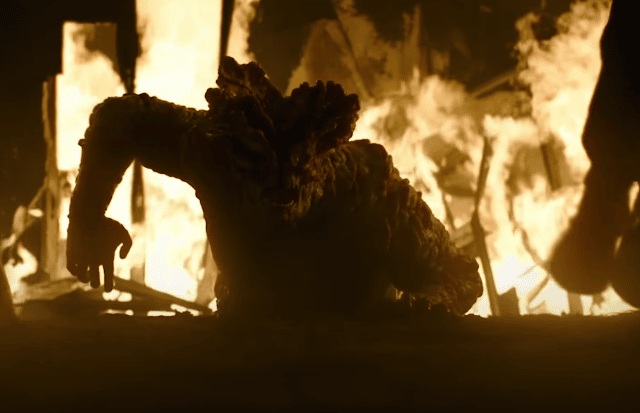The Last of Us monsters: all of the different types of infected in series - from runners to clickers, bloaters
and live on Freeview channel 276
HBO’s latest hit drama The Last of Us follows a world brought to ruin by a fungal infection.
Based on the acclaimed and best-selling PlayStation game, it features an outbreak of cordyceps which take over human beings. The infection is based on real life fungus.
Advertisement
Hide AdAdvertisement
Hide AdThe Last of Us stars Pedro Pascal and Bella Ramsey as Joel and Ellie, an unlikely pair who are brought together on an epic journey across the ruined landscape of America. It was adapted for TV by Craig Maizin, creator of the Emmy winning Chernobyl series, and the writer of the game, Neil Druckmann.
The show introduced viewers to its take on zombies, people infected by the cordyceps virus, but how many variations are there in the game? Here is all you need to know:
Runners
The first stage of the infection, occurs in the initial days after someone is infected by the virus. This stage gets its name from how the infected run after prey after being alert to their presence.
In the show, the runners could be seen during the pre-collapse section of The Last of Us episode one when Joel and Sarah are chased through Austin, Texas.
Stalkers
Advertisement
Hide AdAdvertisement
Hide AdThe second stage of the infection, happens after several weeks of having the cordyceps virus in their system. Growths begin to develop on the heads of the infected and in the video game, they hide in shadows planning their attacks. As fast as runners and aggressive.
The trailer for HBO’s The Last of Us appears to show what appears to be one of the stalkers in action - so likely to expect them in the series at some point.
Clickers
The third stage and certainly one that could give you nightmares. The infected no longer really look human and they are completely blind as growths cover the whole head.
Clickers use echo location, like bats, in order to navigate and find prey. The name comes from the distinctive clicking sound they make.
Advertisement
Hide AdAdvertisement
Hide AdHBO have released photos of the show’s version of clickers and eagle eyed fans spotted a clicker in the final moments of the pilot. If the series follows the plot of the show, clickers could make their debut in episode two.
Bloaters
A very advanced stage of the infection, these zombies are hulking beasts. Covered completely in fungal growths, which form a sort of armour around the body. Extremly slow, they require echo location to “see” in the same way that clickers do, but bloaters are also have superhuman strength, making them a terrifiying adversary.
The trailer for HBO’s The Last of Us features a bloater in a small clip. They were introduced in the fifth episode of the show called Endure and Survive.
One fan tweeted: “They really found a way to make Bloaters even more terrifying.” Another wrote: “Bloaters are worse than I imagined.”
Advertisement
Hide AdAdvertisement
Hide AdA person said: “The bloaters are beyond expectations, just dang it.”


Shamblers
Anoteher advanced stage form of the infection, similar to bloaters. If an infected person spends an extended period of time in wet environments, they will likely evolve into a shambler instead of a bloater.
Covered in bulbous like growths, shamblers release explosive burts of spores. These variations of infected were introduced in The Last of Us Part II and so unlikely to feature in the first season of HBO’s series.
The show also removed spores from the world of The Last of Us, replacing them with tendrils instead, and so shamblers may require a redesign if they do appear in future seasons of the show.
The Rat King
Advertisement
Hide AdAdvertisement
Hide AdA very unique and horrifying variety of the infection, featuring a number of infected people fused together into a monsterous form. The Rat King only appears in one section of the PlayStation games, in the lower levels of a hospital in The Last of Us Part II.
What is cordyceps?
NationalWorld has previously reported on the real-life virus behind the zombies in The Last of Us. The Cordyceps fungus – the name comes from the Greek words for “club” and “head”, referring to its shape – is a type of endoparasitoid. That means it’s a parasite that lives inside its host, letting the host continue to grow and move while the parasite attacks it (in contrast to ectoparasitoids, which paralyse the host and feed off it from outside the body).
Comment Guidelines
National World encourages reader discussion on our stories. User feedback, insights and back-and-forth exchanges add a rich layer of context to reporting. Please review our Community Guidelines before commenting.